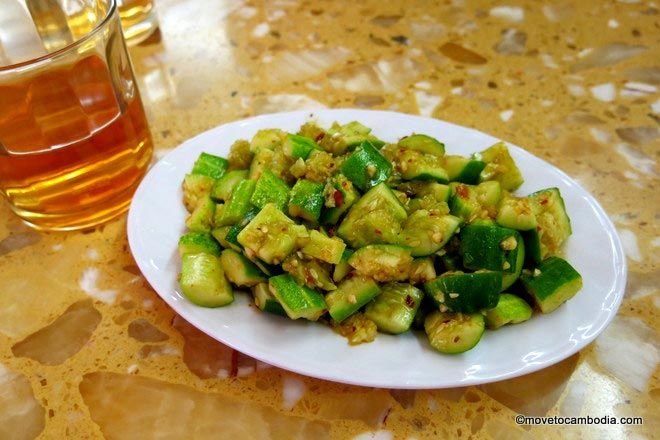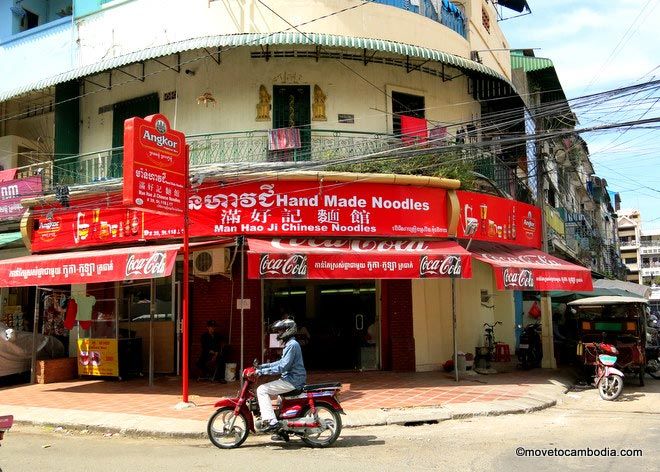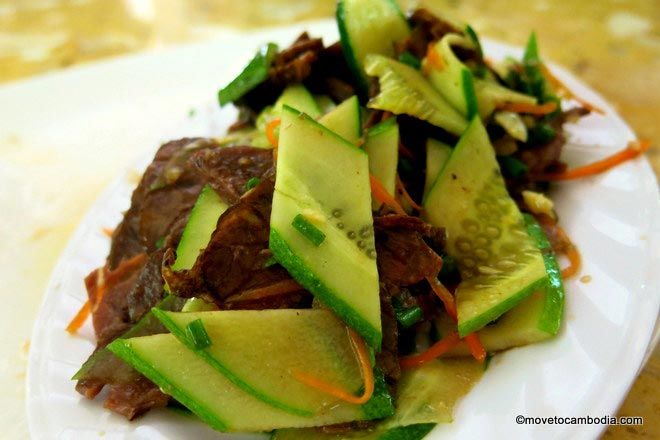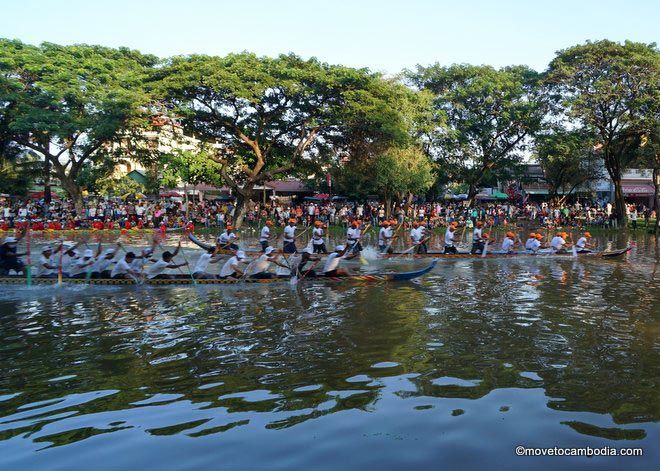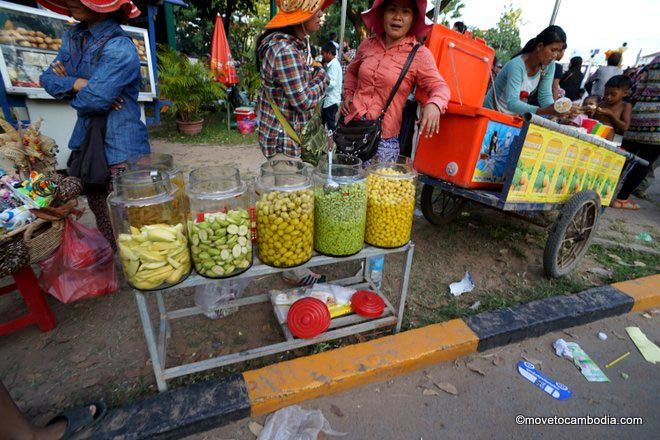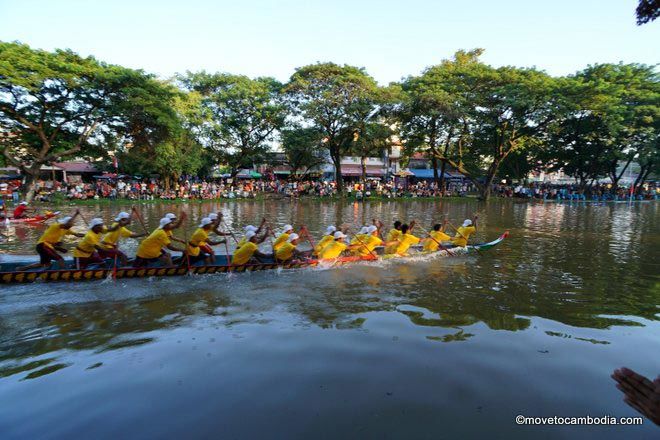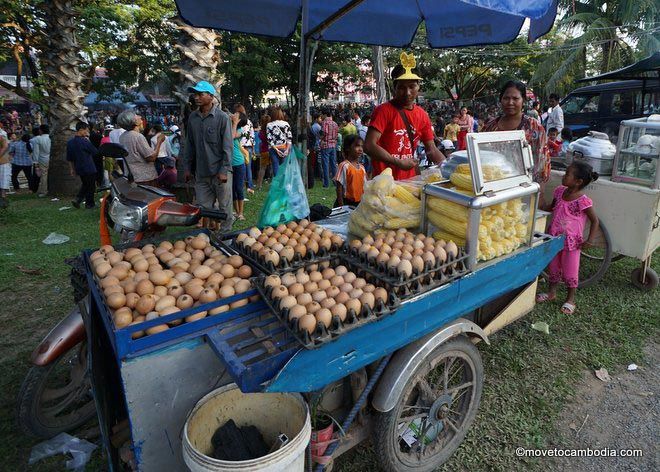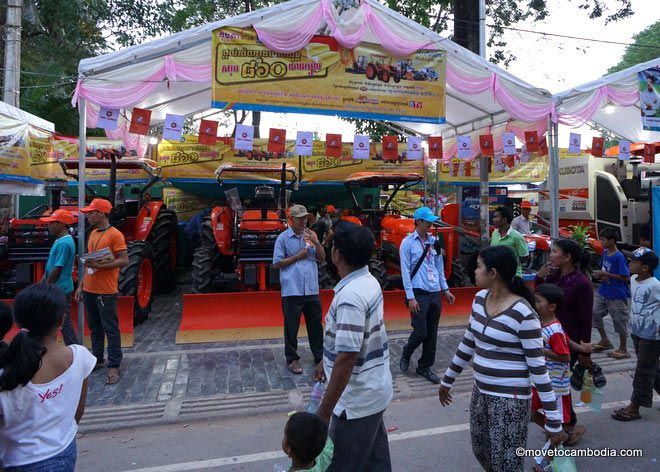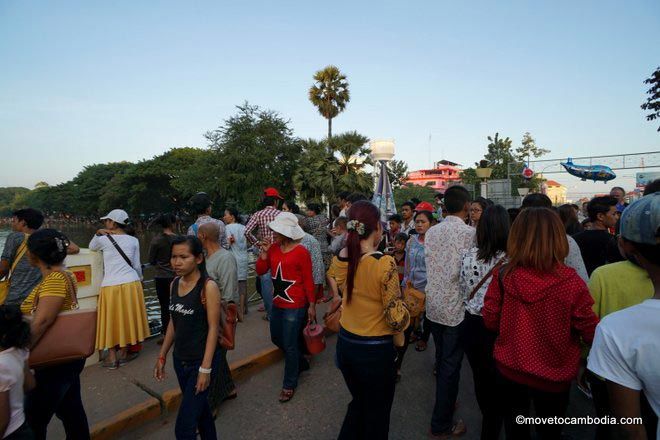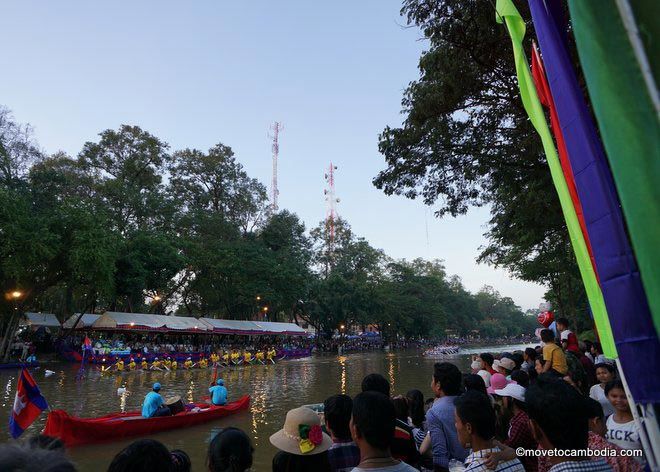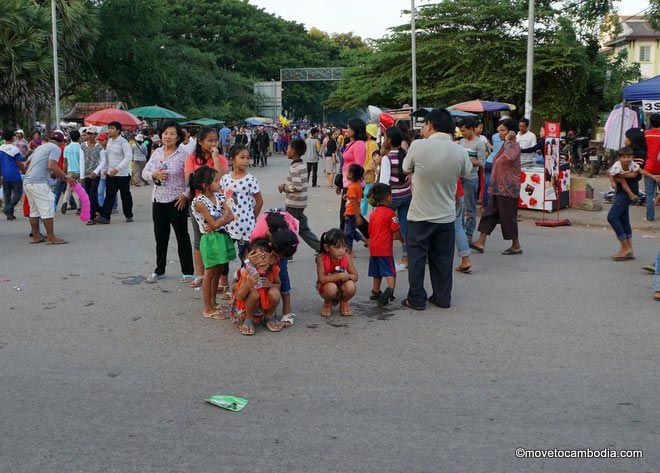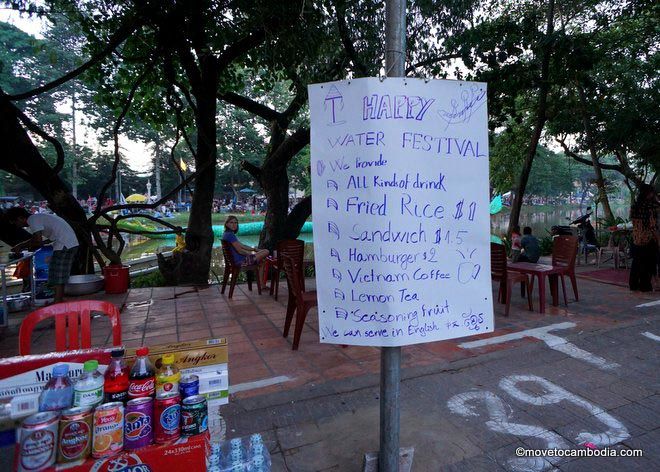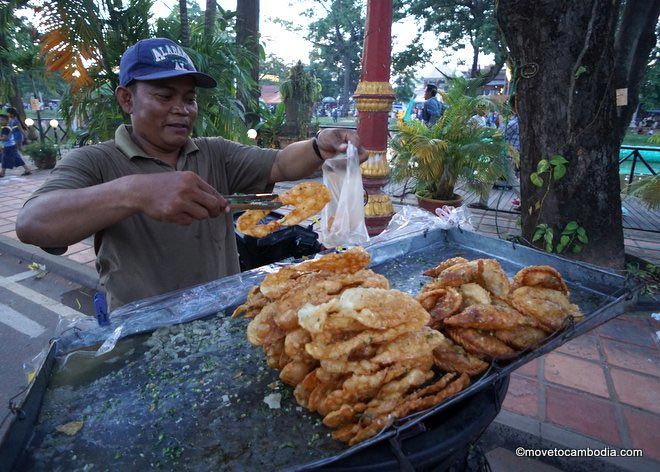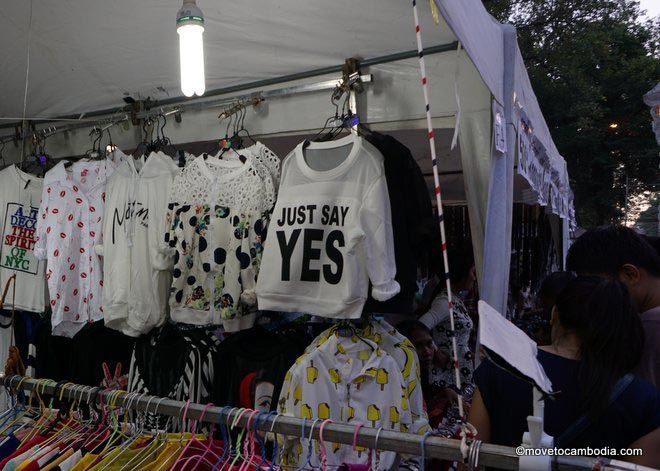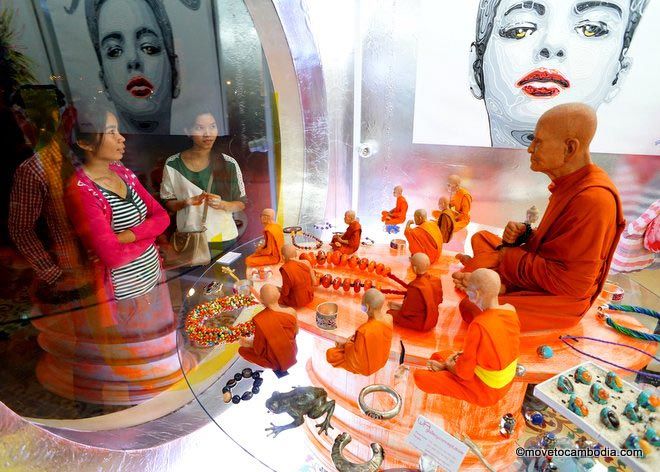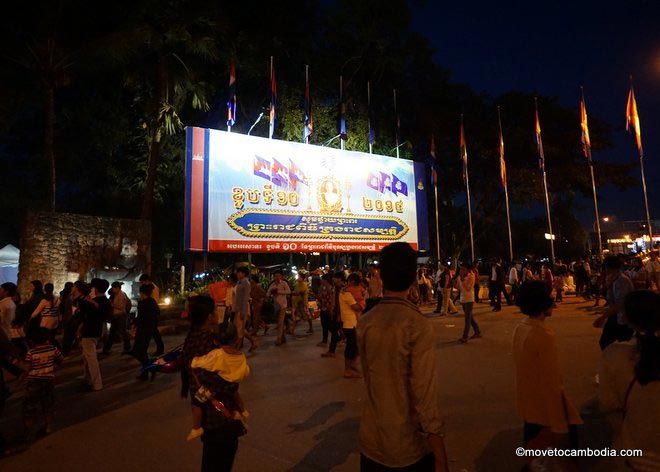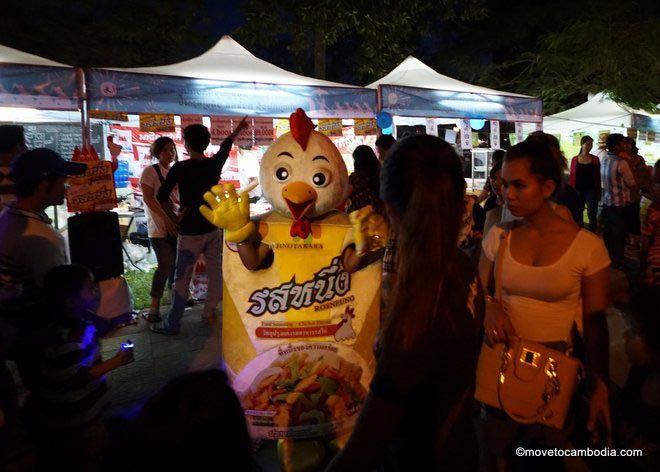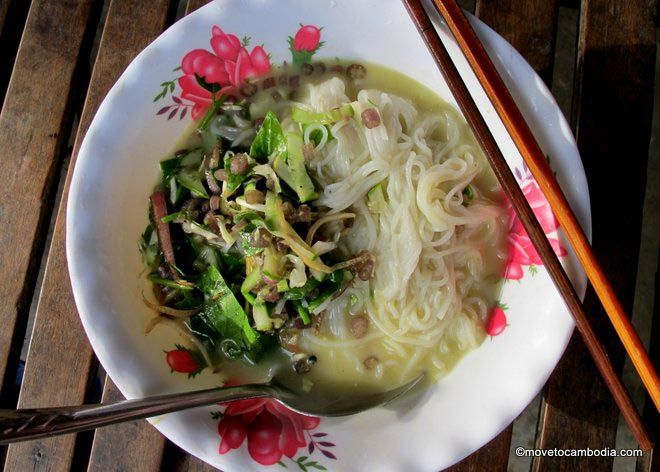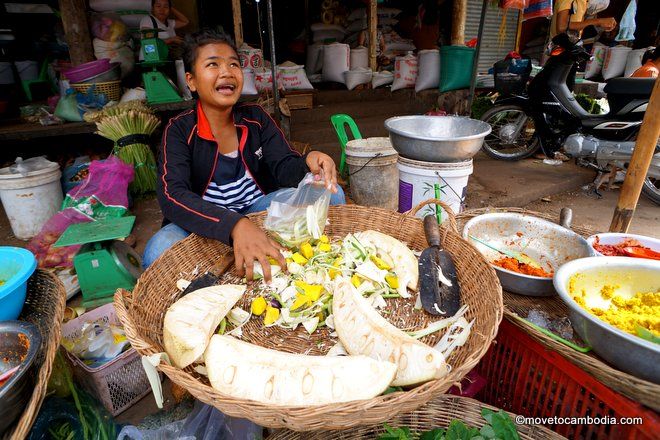Since it opened three years ago, Cuisine Wat Damnak in Siem Reap has become a critically acclaimed culinary institution, attracting patrons from all over the world. Many consider it the mecca for modern Cambodian cuisine.
This is the second of five posts from Steven, who spent time working in the Cuisine Wat Damnak kitchen, covering a five-course menu and describing some of the techniques and flavor combinations that Chef Joannès Rivière uses to such brilliant effect. Chef Rivière’s recipes have inspired a legion of chefs in Cambodia, both local and foreign. He has graciously supplied some simple recipes and cooking tips to inspire your kitchen, too.
Second Course: Prahok Ktis with Local Crudités
Prahok is a very traditional Cambodian dish whose basic ingredient is a fermented paste of salted freshwater fish. Its strong flavor is balanced with the addition of minced pork, shallots, palm sugar, and coconut, creating a unique and delicious dip that’s typically served with fresh local fruits and vegetables.
Although foreigners often shy away from prahok-based dishes, prahok ktis offers a more palatable way to eat the strongly-flavored ingredient, and Chef Rivière’s version is more refined than what you’ll find at the average mom-and-pop restaurant. The recipe requires a large cooking pot and will make enough that you can eat some now and keep the rest in the fridge for a few days–very handy if you fancy a snack, or you can serve it as part of a larger meal.
The ratio of prahok to pork is important. The chef advises 150 grams of prahok for every kilo of pork. “More prahok will make it very pungent,” he explains, “and too little will mean you will not achieve the correct flavor.” So if you’re making a smaller or larger batch of prahok, alter the amounts to maintain that ratio.
Prahok Ktis with Local Crudités
1 kg fresh coconut water (see Chef’s Note)
1 handful fresh mushrooms
15 shallots
10 garlic cloves
2 hot chillies
1 handful pea eggplants
1 kilo minced pork
150 g prahok (see Chef’s Notes)
Vegetable oil
1 liter pork stock (see Chef’s Notes)
1 tablespoon palm sugar
1 snakehead fish (approx 12 inches long), cleaned and filleted (see Chef’s Notes)
Kaffir lime leaf
Tamarind paste
Selection of crunchy vegetables and fruits (see Chef’s Notes)
- Put the coconut water through a strainer and refrigerate. After half an hour or so it will have separated into water and cream. Skim off the cream and place in a separate container. Keep both water and cream in the fridge until needed.
- Prepare the vegetables that will go into the prahok ktis: wash the mushrooms and break up or chop into small pieces. Slice the shallots. Chop the garlic and chili. Pick the pea eggplants from their stalks and wash.
- Prepare the prahok: Place the blob of prahok on a cutting board and chop with a cleaver. (See photo above.) Then run the side of the cleaver over the top of the chopped prahok to flatten it out. Repeat this chopping and flattening process until the prahok is finely minced. It should look more like a paste now. Using your hands, thoroughly mix the chopped prahok with the minced pork.
- Heat the oil in a large frying pan. Add the shallots, garlic, and chillies and cook until soft. Add the mushrooms and the pork-prahok mixture. Continue cooking until the mixture is golden brown. (Do this in two batches if necessary, to allow the pork to cook evenly.)
- Transfer the contents of the frying pan to a large pot. Stir in the pea eggplants, the pork stock, the palm sugar, and the coconut water (but not the cream). Bring to a boil, then reduce to a simmer. Cook, stirring occasionally, until the liquid has evaporated and the prahok is thick, rather like a thick bolognese sauce.
- Meanwhile, cut the snakehead fillets evenly into small, thin pieces.
- When the prahok mixture has thickened, mix in the kaffir lime leaf–thinly sliced or whole, as you prefer–and the fish meat. Stir in the coconut cream and again bring to a boil while mixing well. Mix in the tamarind paste–not enough to make the dish noticeably sour, but just enough to give it a kick. Once the prahok ktis has come to a boil, remove it from the heat but keep it warm.
- Prepare the crudités: wash and cut the vegetables and fruits into easy-to-eat pieces. Make sure to cut out any pips, cores, or other parts that aren’t pleasant to eat. Arrange attractively in a bowl.
- Transfer some of the hot prahok ktis into a small bowl and serve with the bowl of crudites.

Choose vegetables that are firm and crunchy. Sour and tangy fruits bring an added dimension to the dish.
Chef’s Notes
Use fresh coconut water from the market if you can. You can substitute canned coconut cream, using plain water in place of the coconut water. Using canned coconut cream means the prahok ktis has less chance of breaking, since the cream has already been boiled during the canning process and often contains stabilizers as well. However, the flavor of canned coconut cream is sometimes very strong, which can throw off the balance of the dish.
When buying prahok, the chef advises that you make sure to ask for “trey rhoy.” Prahok trey rhoy is more expensive and is prepared in smaller batches, which allows the process of fermentation to be more accurately controlled. By contrast, regular prahok is prepared with smaller and cheaper fish and in much larger quantities, which makes careful preparation and proper hygiene procedures more difficult to maintain.
To make pork stock, why not buy a rack of ribs, sear them, and then slow cook them in water for 3 hours until tender? Strain and you have pork stock, as well as some tasty ribs to fill out your dinner menu.
If you are not confident about filleting a whole fish, ask the market seller to do it for you.
If the finished dish needs additional seasoning, add salt, but do not add fish sauce, which will make the finished dish too overwhelmingly fishy.
For the crudites, Chef Rivière suggests choosing fruits and vegetables that are firm and crunchy. He notes that a slightly sour or tangy taste is also good, as it cuts through the richness of the prahok. Some good choices are: green tomatoes, cucumber, star fruit, sparrow eggplant, banana shoots (after cutting place in water and lemon juice until ready to serve), green mango, rose apple, thai basil, laksa leaves, or other aromatic herbs.
A note about Cambodian cooking
Rivière points out that Cambodian cooking, and indeed South East Asian cooking generally, is by no means an exact science. The recipes he has provided feature all of the ingredients you will need and the techniques required to execute the dishes, but the exact amounts used will depend on your taste.
Use the ingredients sensibly and taste as you go. Masses of sugar will obviously make a dish too sweet, while not enough fish sauce may leave the dish bland and underseasoned.
The more you cook a cuisine the more accustomed you become to the basics involved. Certain ingredients come up again and again and you will learn what they do and how to use them properly. We have tried to be as clear as possible in the presentation of these recipes, but they all require you to just roll up your sleeves and give them a go.
If you’re in Siem Reap, be sure to make a reservation at Chef Rivière’s restaurant, Cuisine Wat Damnak.










